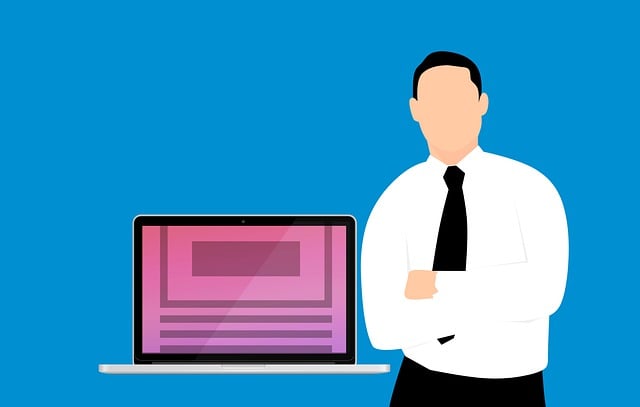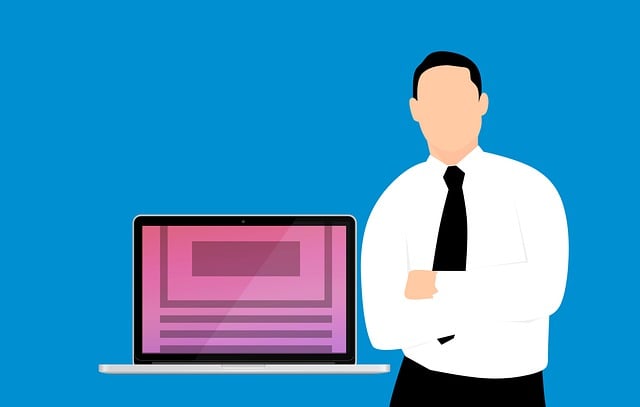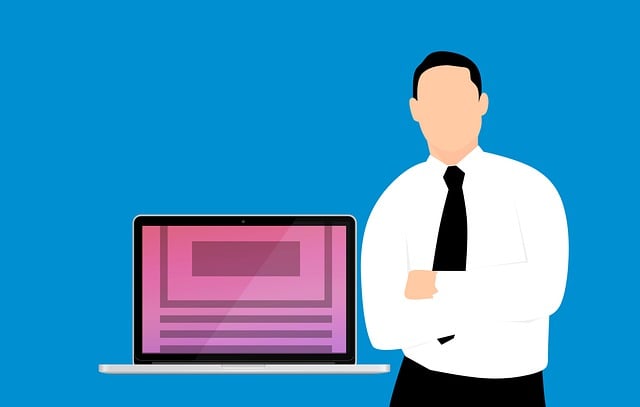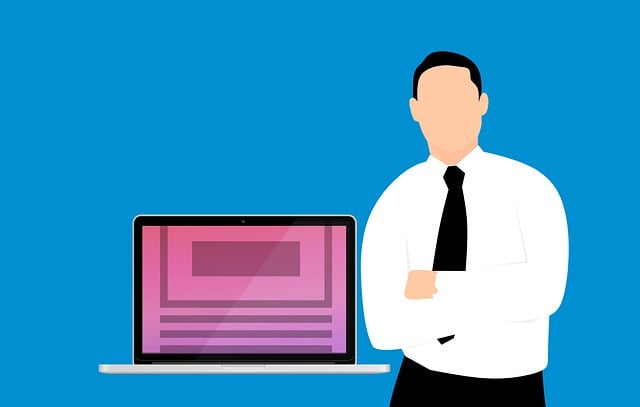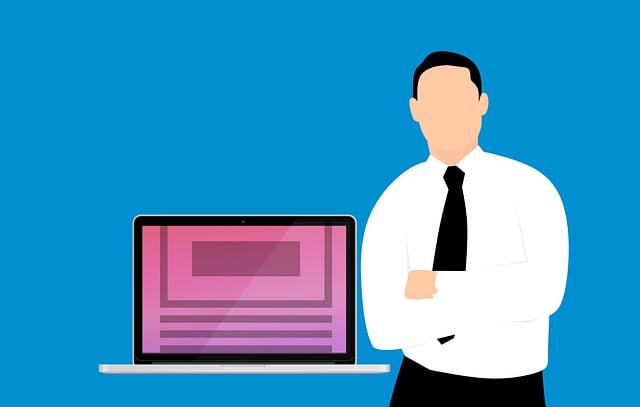Imagine receiving a letter in the mail that is addressed specifically to you. As you open it, you can’t help but feel a sense of excitement and anticipation. The words on that paper feel like they were written just for you, tailored to your interests, needs, and desires.
Now, imagine receiving that same level of personalization in an email. It’s not just a dream – it’s the power of personalized email copywriting.
In today’s digital age, where our inboxes are overflowing with messages, personalization has become essential for capturing and holding attention. It goes beyond simply addressing someone by their name; it’s about understanding their unique preferences and delivering content that resonates with them on a personal level.
In this article, we will explore the role of personalization in email copywriting. We will delve into the benefits it brings, the strategies for segmenting your email list, and the techniques for crafting compelling subject lines and preheaders. We will also discuss how to incorporate personalized content and recommendations, use dynamic content to tailor the email experience, and analyze and optimize your personalization strategy.
So, let’s dive in and discover how personalization can revolutionize your email marketing efforts.
Key Takeaways
- Personalization in email copywriting is crucial for capturing and holding attention in the digital age.
- Personalized emails generate higher open rates, click-through rates, and conversions compared to generic mass emails.
- Personalization helps build trust and loyalty between companies and customers.
- Analyzing personalization metrics and conducting A/B tests allows for continuous optimization of personalization strategy.
Understanding the Benefits of Personalized Email Marketing
Understanding the benefits of personalized email marketing allows you to tap into the power of tailored content, increasing customer engagement and fostering long-term loyalty.
By utilizing data-driven personalization, companies can create email campaigns that resonate with their audience on a deeper level. Personalized emails have been proven to generate higher open rates, click-through rates, and conversions compared to generic mass emails. When recipients receive an email that speaks directly to their interests, needs, and preferences, they’re more likely to engage with the content and take the desired action.
Personalization also helps build a stronger relationship between the company and the customer, fostering trust and loyalty. To further enhance the effectiveness of personalized email marketing, segmenting your email list for targeted messaging is essential. This allows you to deliver content that’s even more relevant and valuable to each individual recipient.
Segmenting Your Email List for Targeted Messaging
To effectively reach your audience, you can segment your email list based on their preferences and interests. This allows you to ensure that each individual receives tailored messages that resonate with them. Did you know that personalized emails have been found to generate a 58% higher revenue per email than non-personalized ones?
Email segmentation allows you to divide your subscribers into smaller groups, allowing for more targeted and personalized campaigns. This strategy enables you to send relevant content to each segment, increasing engagement and conversion rates. By segmenting your email list, you can deliver messages that speak directly to your subscribers’ needs and desires, making them more likely to take action.
Crafting compelling subject lines and preheaders is the next step in capturing your audience’s attention and maximizing your email marketing efforts.
Crafting Compelling Subject Lines and Preheaders
Crafting captivating subject lines and preheaders is crucial for capturing your audience’s attention and boosting the effectiveness of your email marketing campaigns.
These elements are the first things your subscribers see and can determine whether they open your email or not.
By creating emotional connections and using language that resonates with your audience, you can entice them to open your emails.
Incorporating personalization in subject lines and preheaders can increase open rates significantly. When subscribers see their name or other personalized information in the subject line, it grabs their attention and makes them feel valued.
Furthermore, using compelling preheaders that provide a sneak peek of the email’s content can further intrigue your audience.
Incorporating personalized content and recommendations takes your email copy to the next level, enhancing the overall customer experience and driving higher engagement rates.
Incorporating Personalized Content and Recommendations
By infusing a touch of personalization and tailoring recommendations to your audience’s preferences, you can create email content that speaks directly to their needs and desires, leaving a lasting impression and boosting engagement rates.
One effective way to personalize your emails is by using customized greetings. Addressing recipients by their first name not only catches their attention but also creates a sense of familiarity and connection.
Additionally, incorporating personalized product recommendations based on their previous purchases or browsing history can significantly increase the chances of conversion. By showing your audience products or services that align with their interests and preferences, you’re demonstrating that you understand their unique needs. This level of personalization not only builds trust but also encourages them to take action.
Now, let’s explore how you can further enhance the email experience by using dynamic content to tailor the information you provide.
Using Dynamic Content to Tailor the Email Experience
Imagine receiving an email that seamlessly adapts to your preferences and interests, delivering content that feels tailor-made just for you. With the use of dynamic content, email marketers can create a truly personalized experience for their subscribers. Here’s how it works:
-
Customization vs. personalization in email marketing:
While customization allows subscribers to choose their preferences, personalization takes it a step further by using data and automation to deliver targeted content based on individual behavior and preferences. -
The psychology behind personalized email campaigns:
Personalization taps into the human desire for relevance and connection. By sending emails that address individual needs and interests, marketers can build stronger relationships with subscribers and increase engagement. -
The power of dynamic content:
Dynamic content allows marketers to create email templates with interchangeable modules, so each subscriber receives the most relevant content. This includes personalized recommendations, location-based offers, and even dynamic subject lines.
By using dynamic content to tailor the email experience, marketers can create a more engaging and relevant communication channel. But how can you analyze and optimize your personalization strategy? Let’s find out in the next section.
Analyzing and Optimizing Your Personalization Strategy
Analyzing and optimizing your personalization strategy requires a deep understanding of your subscribers’ preferences and behavior, allowing you to effectively tailor your content and increase engagement. By tracking and analyzing personalization metrics, such as open rates, click-through rates, and conversion rates, you can gain insights into what resonates with your audience and make data-driven decisions to improve your email campaigns. A/B testing is another valuable tool in optimizing your personalization strategy. By testing different variations of your emails, such as subject lines, call-to-action buttons, or personalized content, you can determine what works best for your subscribers and refine your approach accordingly. This iterative process of analyzing data and conducting A/B tests enables you to continually optimize your personalization strategy, ensuring that your emails are relevant, compelling, and drive action.
Frequently Asked Questions
What are some common pitfalls to avoid when implementing personalization in email marketing?
Common mistakes to avoid when implementing personalization in email marketing include using incorrect or outdated customer data. Overusing personalization to the point of seeming creepy is another pitfall to avoid. Additionally, not properly testing personalization elements before sending out emails is a common mistake. To succeed at personalization, it’s important to have a solid strategy in place. This includes segmenting your audience effectively and using dynamic content to tailor messages. Constantly analyzing and improving your personalization efforts to ensure maximum impact and engagement with your audience is also crucial.
How can I ensure that my personalized emails do not come across as intrusive or creepy?
To maintain customer trust, it’s crucial to balance personalization with privacy in email marketing. Did you know that 65% of consumers are concerned about their privacy when receiving personalized emails?
To avoid coming across as intrusive or creepy, always ask for permission before gathering personal data. Be transparent about how you’ll use their information and give customers control over what data is collected.
By respecting their privacy and providing value, you can create personalized emails that resonate without crossing any boundaries.
Are there any industry-specific best practices when it comes to personalization in email copywriting?
Industry specific strategies for personalization in B2B marketing can greatly enhance your email copywriting. By tailoring your messages to address the specific pain points and needs of your target industry, you can create more engaging and persuasive content.
This includes using industry-specific language, referencing relevant case studies, and incorporating industry-specific statistics. By demonstrating your understanding of their industry, you can build credibility and trust with your recipients, increasing the effectiveness of your email campaigns.
How can I measure the effectiveness of my personalized email campaigns?
To measure the effectiveness of your personalized email campaigns, you need to implement measurement techniques and track analytics. One interesting statistic: personalized emails have been found to deliver 6x higher transaction rates compared to non-personalized ones.
To start, use email marketing platforms that provide in-depth analytics, such as open rates, click-through rates, and conversion rates. You can also track specific metrics like revenue generated, customer engagement, and list growth.
These insights will help you optimize your campaigns for better results.
What are some creative ways to incorporate personalization beyond just using the recipient’s name in the email copy?
Get creative with personalization in your email copywriting by going beyond simply using the recipient’s name. Inject personality into your emails by including personalized recommendations based on their previous purchases or browsing history.
Use dynamic content to tailor the email based on their location, interests, or preferences.
Another way is to personalize the subject line to grab their attention.
By incorporating these creative techniques, you’ll engage your audience and increase the effectiveness of your email campaigns.
Conclusion
In conclusion, personalization is a crucial aspect of successful email copywriting. By tailoring your messages to individual recipients, you can significantly increase open rates, click-through rates, and ultimately, conversions.
Research shows that personalized emails deliver six times higher transaction rates than non-personalized ones. Just imagine the impact of receiving an email that speaks directly to your needs and interests.
So, don’t underestimate the power of personalization in your email marketing strategy. Take advantage of segmentation, compelling subject lines, personalized content, and dynamic elements to create a truly engaging and persuasive email experience.
Start personalizing your emails today and watch your results soar!

